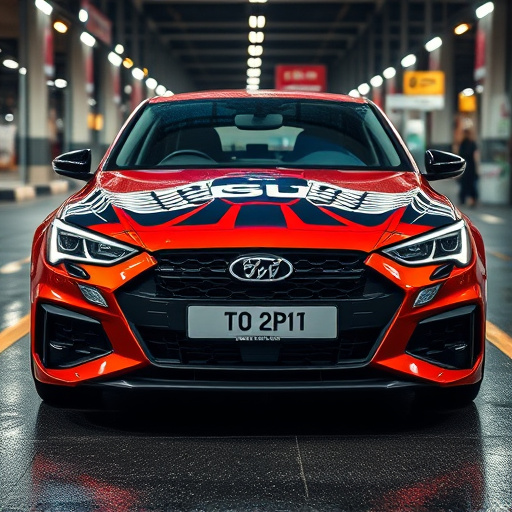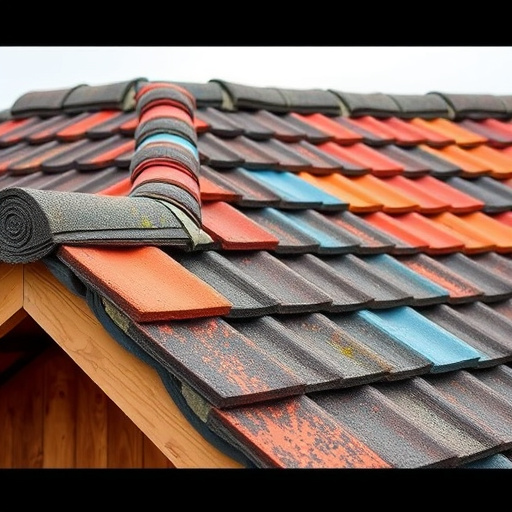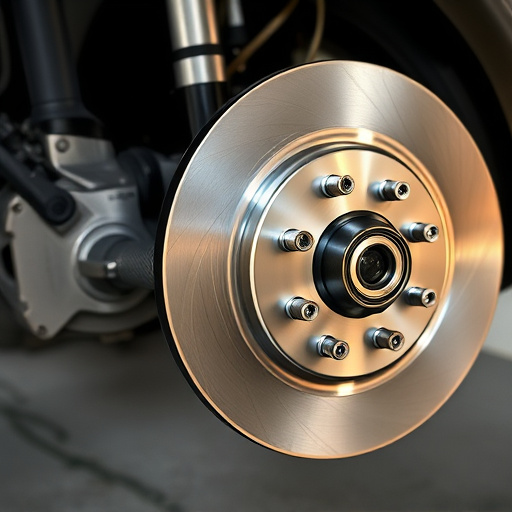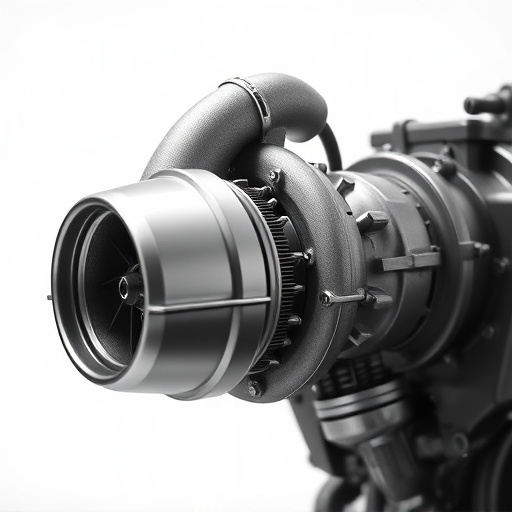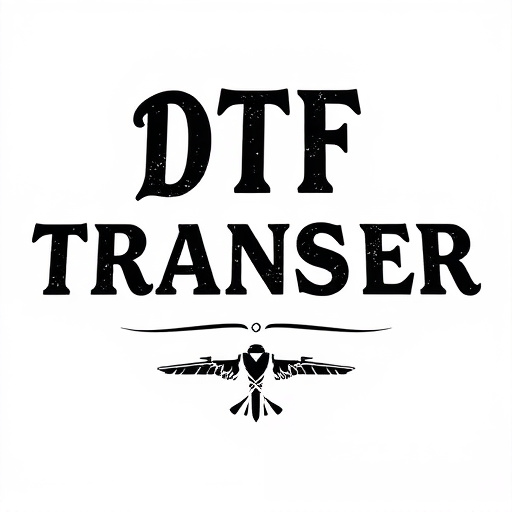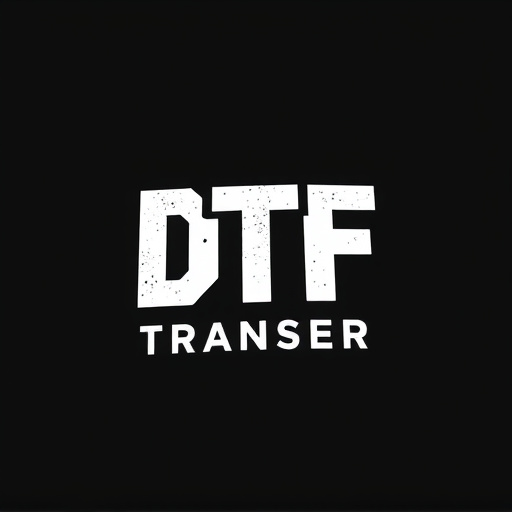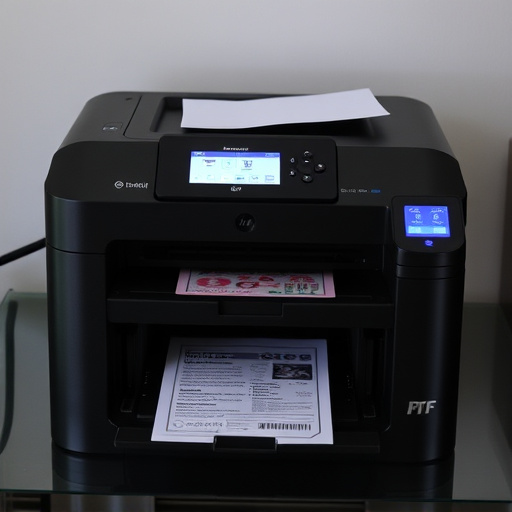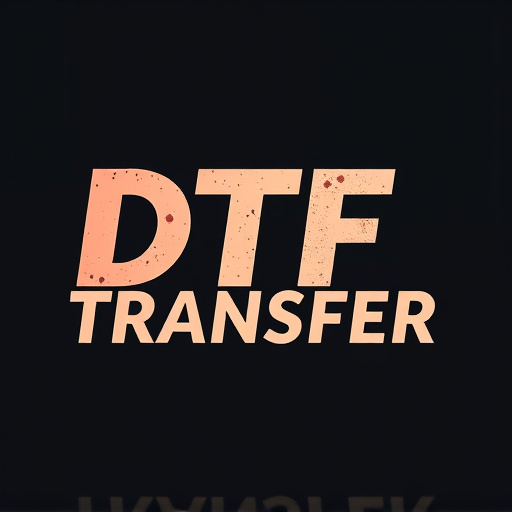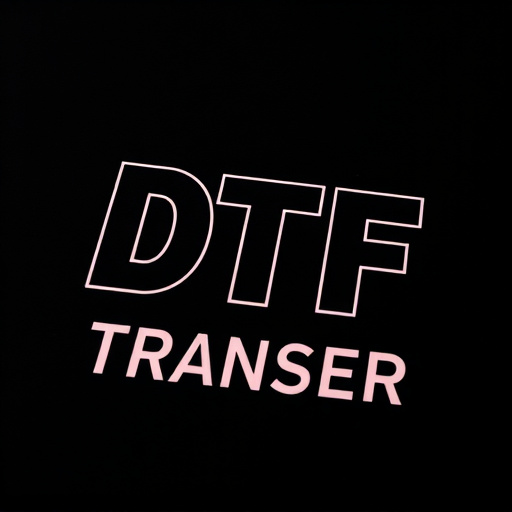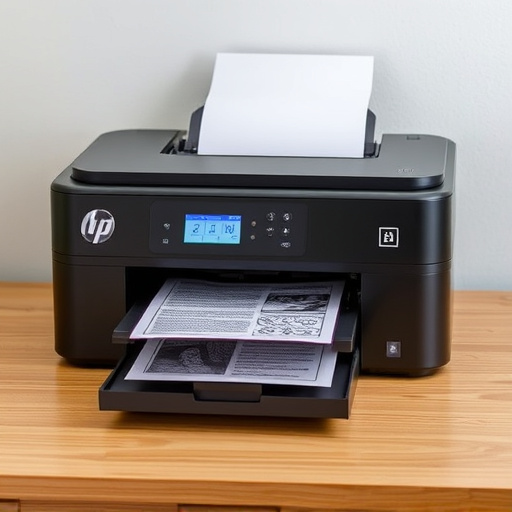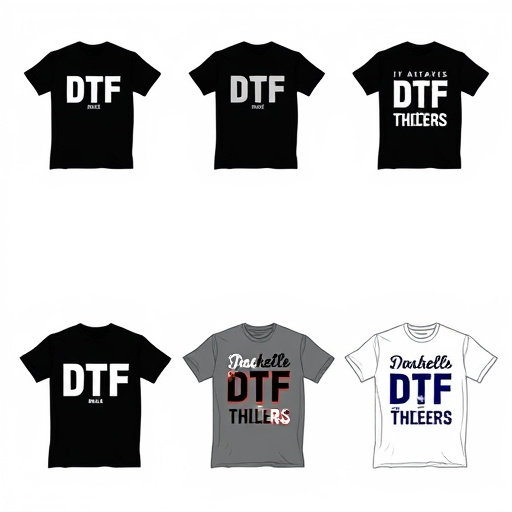DTF Prints (Direct-To-Fabric Transfers) represent a cutting-edge, swift method for printing intricate designs onto fabrics using heat. The process involves creating a digital design, transferring it to special paper, and applying it to fabrics within minutes, resulting in vibrant colors and precise lines. These prints are transforming fashion and textiles by enabling quick customization and on-demand production. Pre-made transfers offer numerous benefits for rapid prototyping and small-batch production, catering to diverse applications from fabric decoration to wooden and metal surfaces. Choosing the right DTF print based on fabric type and design complexity ensures exceptional results. Following simple steps for application, adhering to best practices, and visual inspection guarantees successful outcomes.
Discover the efficiency and versatility of pre-made transfers prepared for immediate heat application, known as DTF (Direct to Fabric) prints. This innovative technology streamlines the garment decoration process, offering a quick and precise way to add custom designs to textiles. In this comprehensive guide, we’ll explore the benefits, types, selection tips, application process, best practices, and common mistakes to avoid when working with DTF Prints.
- Understanding DTF Prints: A Quick Overview
- Benefits of Pre-made Transfers for Heat Application
- Types of Pre-prepared Transfers Available
- Choosing the Right DTF Print for Your Project
- Application Process: Step-by-Step Guide
- Best Practices and Common Mistakes to Avoid
Understanding DTF Prints: A Quick Overview
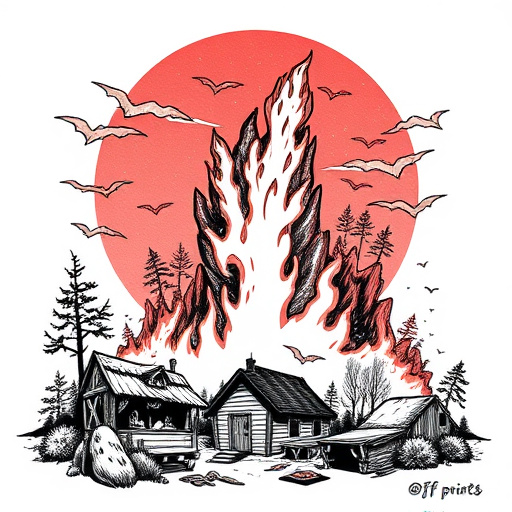
DTF Prints, or Direct-To-Fabric Transfers, are a revolutionary way to apply intricate designs and graphics directly onto various fabrics with heat. This printing method offers a quick turnaround time, making it ideal for businesses and individuals looking for immediate results. The process involves creating a digital design that is then transferred onto a special paper using heat and pressure. This pre-made transfer can be applied to a fabric of choice, allowing for custom designs on t-shirts, hoodies, totes, and more within minutes.
With DTF Prints, the quality and detail of the design are exceptional, ensuring vibrant colors and precise lines. It’s a game-changer for those who want to create personalized, unique garments or promote their brand without the hassle of traditional printing methods. This innovative approach has sparked a trend in the fashion and textile industry, enabling quick customization and on-demand production.
Benefits of Pre-made Transfers for Heat Application

Pre-made transfers, prepared for immediate heat application, offer a multitude of benefits, especially in the realm of rapid prototyping and small-batch production. Often referred to as DTF Prints (Direct To Fabric Prints), they streamline the process of transferring designs onto various materials, from textiles to ceramics. This efficiency is particularly advantageous for businesses and artisans who require quick turnaround times without sacrificing quality or creativity.
Additionally, pre-made transfers enhance design flexibility and customization. With a vast array of patterns and styles available, users can easily adapt their creations for diverse applications. Moreover, the convenience of pre-cut shapes and precise cutlines ensures that intricate designs are applied with accuracy, making them ideal for personalized gifts, fashion accessories, and craft projects.
Types of Pre-prepared Transfers Available
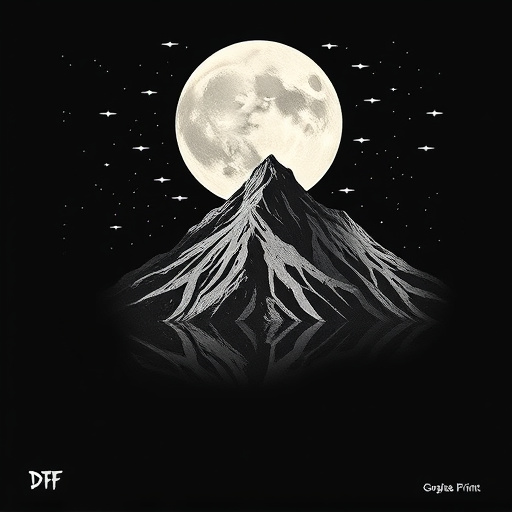
The world of pre-made transfers offers a diverse range of options for crafters and designers, each tailored to specific applications. One popular category is DTF (Direct-to-Fabric) prints, which are designed for easy application onto various materials. These transfers come in different formats, from simple cut-out designs to complex, detailed patterns. DTF Prints are particularly favored for their versatility, allowing users to apply them to fabrics, wooden surfaces, and even metal, making them a go-to choice for those seeking quick and precise decoration.
The market provides an array of specialized transfers, catering to diverse creative needs. Some transfers focus on intricate details, ideal for fine art and delicate designs, while others offer bold, graphic elements suitable for street art and modern decor. With such variety, users can find the perfect pre-prepared transfer to match their project’s unique requirements, ensuring a seamless and efficient design process.
Choosing the Right DTF Print for Your Project
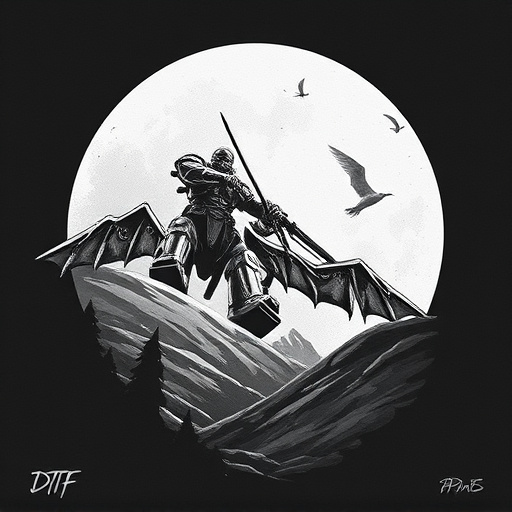
When selecting a DTF (Direct-to-Fabric) print for your project, understanding your fabric type and desired outcome is paramount. Different fabrics have varying absorption rates and textures, which directly impact the quality of the final print. For instance, cotton and linen absorb inks better than synthetic materials like polyester. Thus, choosing a DTF print suitable for your fabric ensures optimal color transfer and longevity.
Additionally, consider the design complexity and scale. Simple graphics with solid colors typically work best on larger scales, while intricate designs with fine details might be better suited for smaller applications. High-resolution prints offer greater detail but require higher quality inks and printing presses to maintain precision. Therefore, aligning your project’s needs with the right DTF print is key to achieving exceptional results.
Application Process: Step-by-Step Guide

Application Process: A Simple, Step-by-Step Guide
For a smooth and efficient application of pre-made transfers, DTF (Direct to Fabric) Prints offer a straightforward process. First, prepare your fabric by ensuring it’s clean, dry, and ironed flat. Position the transfer on the desired area, with the adhesive side facing down. Using a warm, dry iron set to a low temperature, press firmly for 30-60 seconds until the transfer is securely attached. Be sure to follow the manufacturer’s guidelines for optimal results.
Next, carefully peel away the backing paper, starting from one corner. This step ensures precise application and prevents bubbles or misalignments. Once the transfer is completely transferred, allow it to cool down before handling to prevent smudging. With these simple steps, you’re ready to create vibrant, long-lasting designs on a variety of fabrics using DTF Prints.
Best Practices and Common Mistakes to Avoid

When working with pre-made transfers designed for immediate heat application, like DTF (Direct to Fabric) prints, adhering to best practices ensures optimal results. First, ensure proper surface preparation; clean, smooth, and dry fabric enhances adhesion. Second, follow manufacturer guidelines for temperature and pressure settings during heat application to prevent damaging the design or fabric. Pre-testing on scrap material is crucial to understand the specific requirements of your setup.
Common mistakes to avoid include using excessive heat, which can cause scorching or melting, and not applying enough pressure, resulting in poor transfer quality. Applying heat for too long or moving the press too quickly can also lead to blistering or distortion. Always check your work after application; visual inspection helps identify any issues before further processing or use.

